Jumat, 08 Desember 2017
Minggu lalu, #NoHacked kembali di akun G+ dan Twitter kami. #NoHacked adalah kampanye sosial kami yang bertujuan untuk memberi tahu pengguna tentang serangan peretasan dan tips tentang cara menjaga agar situs tetap aman dari para peretas. Kali ini, kami ingin memulai dengan berbagi konten dari kampanye #NoHacked di blog ini dalam bahasa lokal Anda.
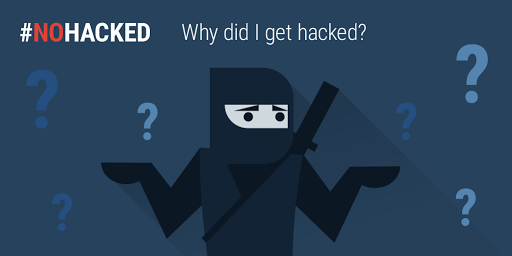
Mengapa situs diretas? Peretas memiliki motif berbeda-beda untuk menyusupi situs, dan serangan peretas dapat bervariasi sehingga tidak selalu terdeteksi dengan mudah. Berikut ini beberapa tips yang akan membantu Anda mendeteksi situs yang diretas.
-
Memulai:
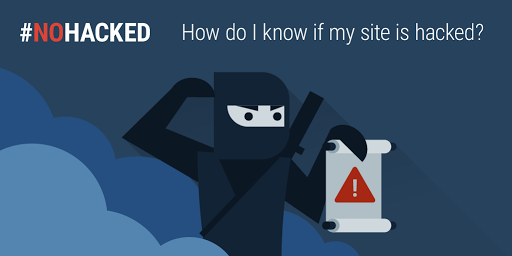
Mulailah dengan panduan kami "Bagaimana cara mengetahui apakah situs saya diretas?" jika Anda menerima notifikasi keamanan dari Google atau pihak lain. Panduan ini akan memberi tahu Anda langkah-langkah dasar untuk memeriksa tanda-tanda penyusupan situs.
-
Memahami notifikasi di Google Penelusuran:
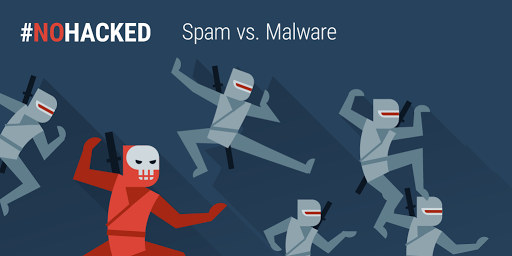
Di Google, kami memiliki berbagai proses dalam menangani peretasan. Alat pemindaian akan sering mendeteksi malware, tetapi alat ini dapat melewatkan beberapa peretasan yang berupa pengiriman spam. Hasil pemindaian Safe Browsing yang menyatakan aman tidak berarti bahwa situs Anda tidak diretas untuk menyebarkan spam.
- Jika Anda melihat "Situs ini mungkin diretas", situs Anda mungkin diretas untuk menampilkan spam. Intinya, situs Anda telah diretas untuk menayangkan beberapa iklan.
- Jika Anda melihat "Situs ini mungkin membahayakan komputer Anda" di bagian bawah URL situs, menurut kami situs yang akan Anda kunjungi mungkin mengizinkan program untuk menginstal software berbahaya di komputer Anda.
-
Jika Anda melihat layar besar merah sebelum situs terbuka, hal tersebut bisa berarti
berbagai hal:
- Jika Anda melihat "Situs ini berisi malware", Google telah mendeteksi bahwa situs Anda menyebarkan malware.
- Jika Anda melihat "Situs ini berisi program berbahaya", situs tersebut telah ditandai karena menyebarkan software yang tidak diinginkan.
- Peringatan "Situs ini menipu" menunjukkan bahwa situs Anda mungkin menampilkan phishing atau manipulasi psikologis. Situs Anda mungkin diretas untuk melakukan salah satu hal tersebut.
-
Malvertising vs Peretasan:
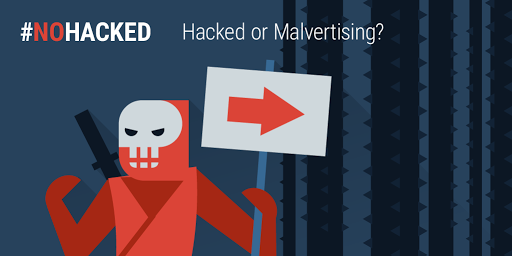
Malvertising terjadi saat situs memuat iklan yang tidak baik. Malvertising membuat situs Anda terlihat seperti diretas, mungkin dengan mengarahkan pengunjung ke situs tertentu, tetapi sebenarnya ini hanyalah iklan yang berperilaku buruk.
-
Pengalihan terbuka: periksa apakah situs mengaktifkan pengalihan terbuka atau tidak
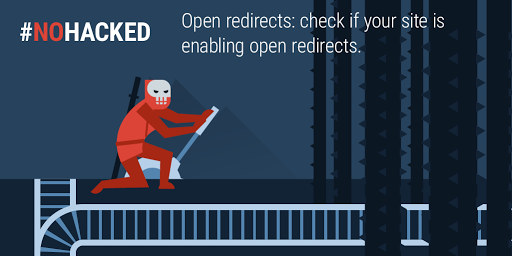
Peretas mungkin ingin mengambil keuntungan dari situs yang bereputasi baik untuk menutupi URL mereka. Salah satu cara melakukannya adalah dengan menggunakan pengalihan terbuka, yang memungkinkan situs Anda digunakan untuk mengalihkan pengguna ke URL pilihan peretas. Anda dapat membaca selengkapnya tentang pengalihan dan penerusan yang tidak divalidasi.
-
Pemeriksaan seluler: pastikan untuk membuka situs Anda dari browser seluler menggunakan mode samaran. Periksa apakah ada jaringan iklan seluler yang buruk atau tidak.
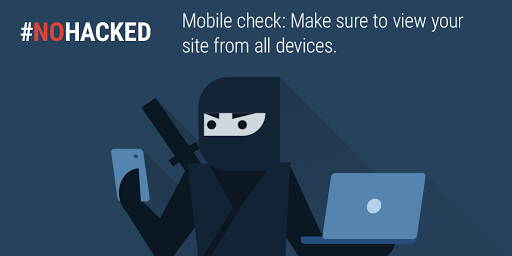
Terkadang konten yang buruk seperti iklan atau elemen pihak ketiga lainnya mengalihkan pengguna seluler tanpa kita ketahui. Perilaku ini dapat tidak terdeteksi dengan mudah karena hanya terlihat dari beberapa browser. Pastikan versi desktop dan seluler situs Anda menampilkan konten yang sama.
-
Menggunakan Search Console dan mendapatkan pesan:

Search Console adalah alat yang digunakan Google untuk berkomunikasi dengan Anda terkait situs Anda. Alat ini juga menyertakan beberapa alat lainnya yang dapat membantu Anda meningkatkan dan mengelola situs. Pastikan situs Anda sudah terverifikasi di Search Console meskipun Anda bukanlah developer utama situs. Notifikasi dan pesan di Search Console akan memberi tahu Anda jika Google mendeteksi error kritis apa pun di situs Anda.
Jika masih tidak dapat menemukan tanda-tanda peretasan, hubungi pakar keamanan atau posting di Forum Bantuan Webmaster kami untuk memeriksa ulang situs.
Kampanye #NoHacked akan berlansung selama 3 minggu ke depan. Ikuti kami di akun G+ dan Twitter, atau lihat konten di blog ini karena kami akan memposting ringkasan mingguan di sini di awal setiap minggu. Sementara itu, jagalah situs agar tetap aman.
